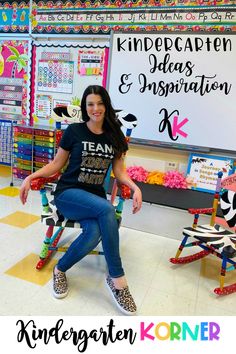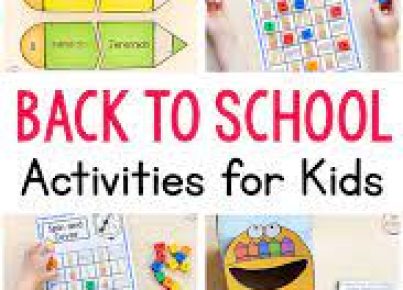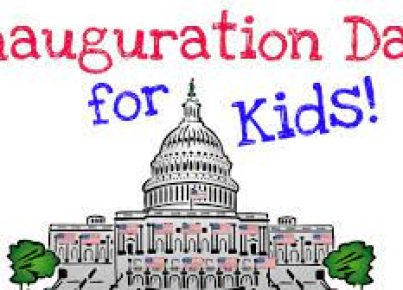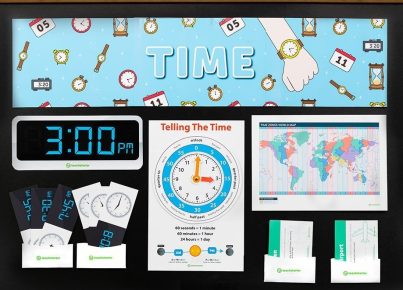Kindergarten teachers have a unique opportunity to shape young minds during an incredibly formative period. These early years of schooling are not focused on rigorous academic drilling but on introducing children to the joy of learning through creative, engaging methods that stimulate their natural curiosity and encourage socialization.
One critical resource for these educators is a library of age-appropriate books. Picture books with large, colorful illustrations and simple text can capture the attention of young students and stir their imagination. Literature should be chosen not only for its entertainment value but also for its ability to introduce new ideas, vocabulary, and moral lessons.
Another indispensable teaching tool is educational games that combine learning with fun. Games designed specifically for kindergarteners often include elements of counting, pattern recognition, color identification, and basic problem-solving. These types of activities can help kids solidify foundational concepts in math and logic in an interactive and enjoyable way.
Manipulatives are also essential for a kindergarten classroom. Items like blocks, shapes, counters, and even everyday objects can be used for a variety of learning objectives from sorting and building to counting and visual storytelling.
Furthermore, incorporating art supplies into the mix allows for creativity-based resources that help hone fine motor skills while letting children express themselves artistically. Crayons, markers, child-safe scissors, glue sticks, and construction paper can all be tools that foster both individual expression and collaborative projects.
Technology has also become a significant educational resource with tablets and smartboards providing interactive opportunities for learning. Apps geared toward this age group can engage children in phonics exercises, basic math puzzles, and even introduce them to programming logic.
Lastly, resources are not limited to tangible items — teacher-created resources like lesson plans, thematic units centered on seasons or holidays, songs, dances, and classroom rituals can turn routine into an exciting discovery process.
The use of these resources requires thoughtful planning by teachers to ensure they align with curriculum goals while also catering to the varied interests and learning styles present within a kindergarten classroom. Teachers must balance structure with flexibility to keep children engaged and inspire a lifelong love of learning.





